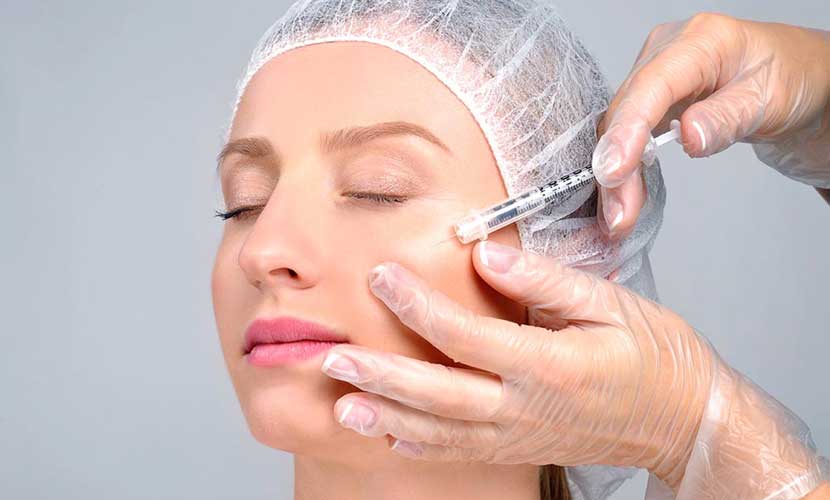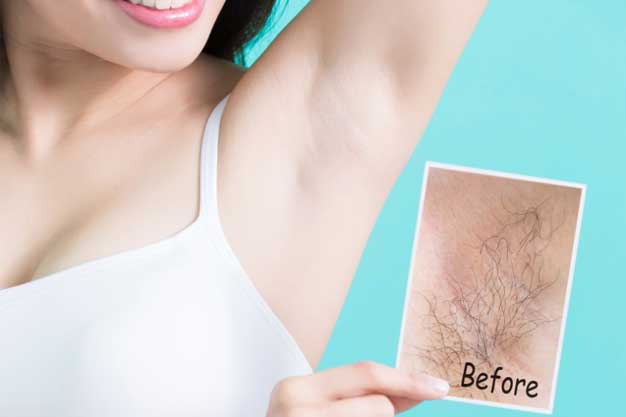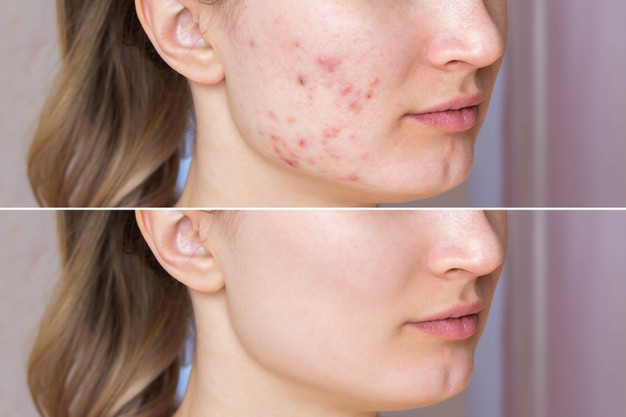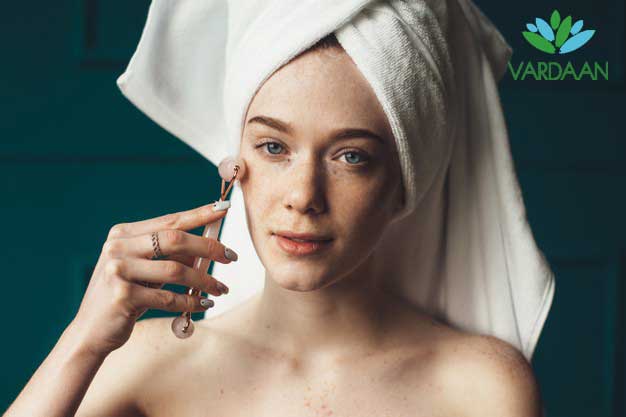As we age, our face not only changes its condition, but its shape too. The most common issue with this change is the occurrence of fine lines and wrinkles, scars and a diminished facial contour. In order to provide you with volume in your face and a healthy looking skin, dermal fillers have come to your rescue.
What are dermal fillers?
Dermal filling has become one of the ace procedures in aesthetic medicines involving soft tissue augmentation. The procedure basically focuses on diminishing facial lines and restoring fullness and volume in the face.
The process of Dermal fillers have gained a lot of popularity in the recent past due to the increased consciousness about appearance amongst today’s generation. Apart from that, the fact that the procedure has no downtime makes it a popular option among people.
When do you know you need them?
Usually people with the following problems resort to dermal fillers:
- Depressed scars- post surgical, post acne
- Wrinkles and folds
- Lip augmentation
- Enhancement of facial contours- Cheek, chin and temple
- Sunken eyes, tear trough
- Neck rejuvenation
- Hand rejuvenation
How do Dermal Fillers work?
The hyaluronic acid filler when injected in the skin, combines gently with water in the skin and restores elasticity.
There are different techniques used for fillers like Linear threading technique, Serial puncture technique, Fan technique, Cross-hatching technique, Depot technique.
Advantages/ Benefits of Dermal fillers
- Provides a fresh and rejuvenated look.
- Depending upon the product used, the technique maintains natural cooking results lasting up to 12-24 months
- Provides eyebrow lift.
- Helps in enhancement of cheeks.
- Provides lip augmentation.
- Contributes towards shaping the jawline.
- Improves under-eye pigmentation by correcting tear trough.
Even though the treatment is quite popular among women, an increased amount of men are also using treatments like soft tissue filler to help reduce wrinkles, replace lost volume and refresh the under eye.
Advantages of soft tissue fillers
- Helps in revitalising your appearance.
- Replaces the lost volume and provides lift.
- Smoothens lines and wrinkles.
- Helps in providing a refreshed look by diminishing the signs of ageing.
Before giving the treatment a try, its important to know the risk factors associated with it.
Risk factors associated with dermal fillers
Following are the risk factors associated with using dermal fillers.
- Bruising
- Swelling
- Redness
- Pain
- Itching
Verdict
Even though the entire science behind dermal fillers is pretty clear, some patients fear that these fillers may move when you press your face too hard. Well, this is not the case. Dermal fillers remain in the area in which they are injected and last the entire time as told by your doctor. Taking into consideration the advantages and risk factors associated with them, you can consult your dermatologist and make the right decision.




